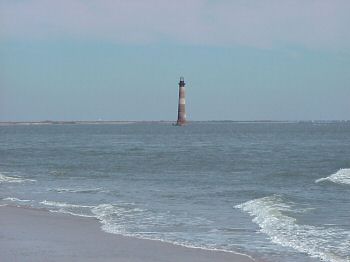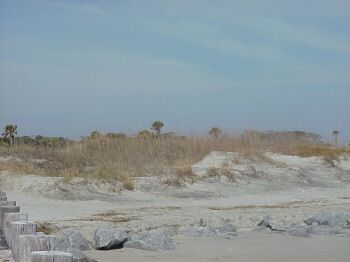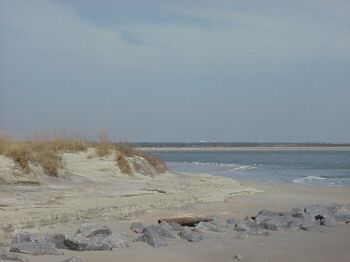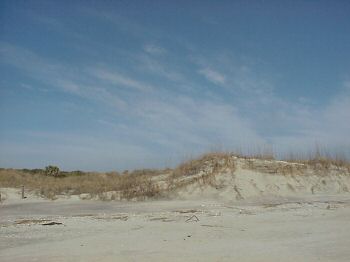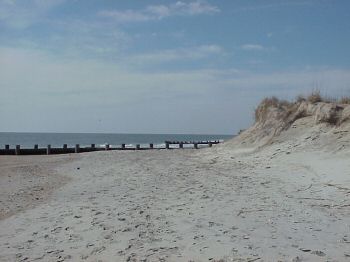|
Folly Island played an important
historical role during the Civil War. Federal troops began occupying the
island in 1863. At the height of the occupation, over 13,000 troops were
stationed on the island.
The island these troops occupied was very different from the island of
today. At that time, Folly Island was relatively uninhabited. The first
system of roads on the island was constructed by the federal troops to
allow ambulances to transport wounded soldiers, and for communication
purposes.
The troops also constructed various forts and batteries on both the
northern and southern end of the island. A large commissary depot, known
as Pawnee Landing was built to aid in the unloading of troops and
supplies. The only actual fighting to occur on Folly Island was on May
10th, 1863, when confederate forces attacked federal pickets on the left
side of Little Folly Island. The fighting was light, as the confederate
forces were conducting a reconnaissance mission, aimed mostly at gathering
information and taking prisoners.
Folly Island's major importance in the Civil War was its use as a base,
housing troops and equipment, and for the presence of an artillery battery
located at the northern end of Little Folly. The island was the federal
staging area for the battle of Morris Island which took place from July to
September of 1863. Morris Island was the home of Fort Wagner, a
confederate fortification that guarded the entrance to Charleston harbor.
From the artillery battery on Little Folly, the federal troops shelled
Fort Wagner and deployed troops to capture the fort. With the capture of
Fort Wagner, the federal troops were now in position to shell Fort Sumter.
The troops moved their artillery from Big Folly to the captured fort, and
renamed it Battery Meade.
The shelling began on August 17th, 1863, and quickly reduced Fort Sumter
to rubble, but it was unable to force a confederate surrender. Folly
Island, and Morris Island remained occupied by federal troops until the
end of the war. |
